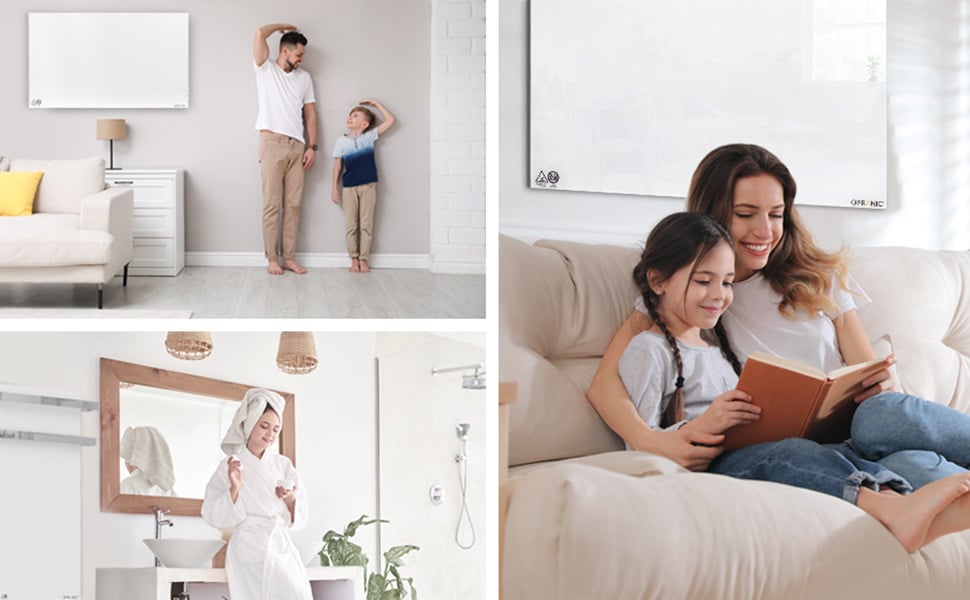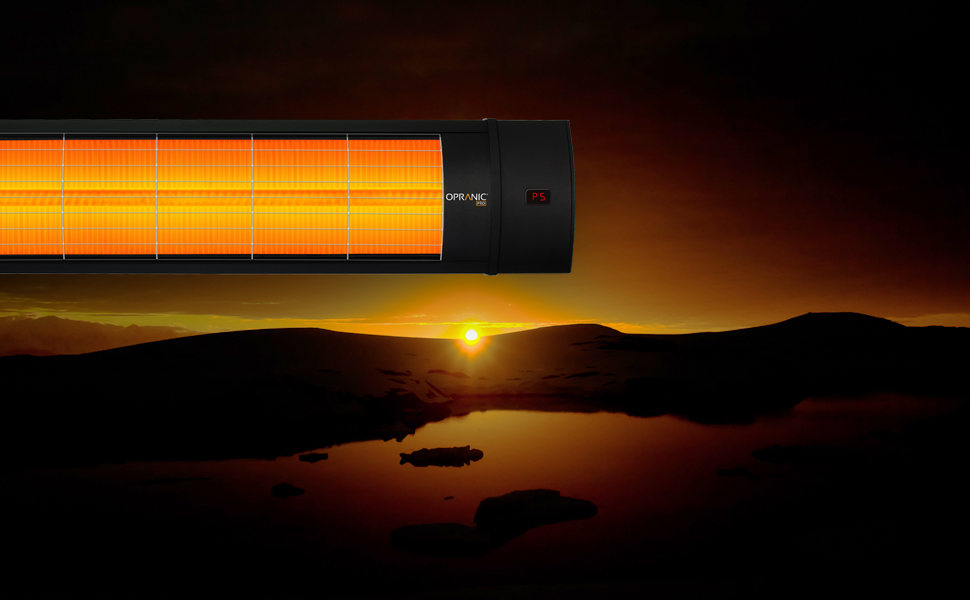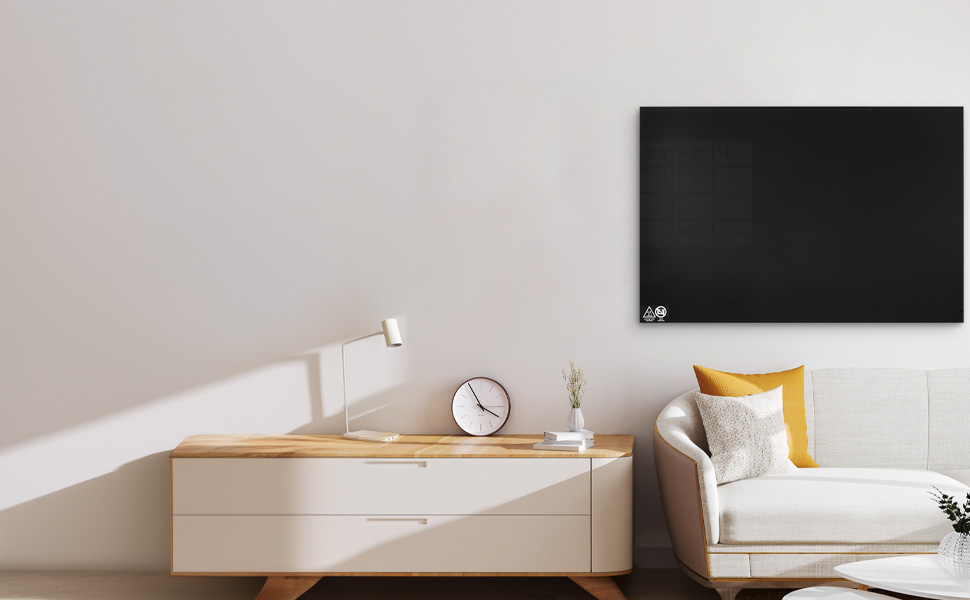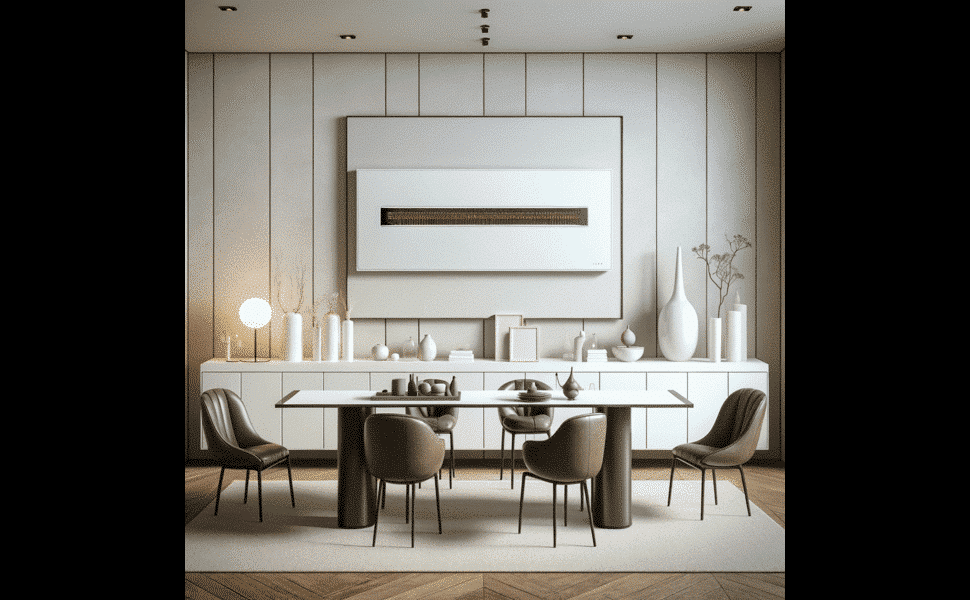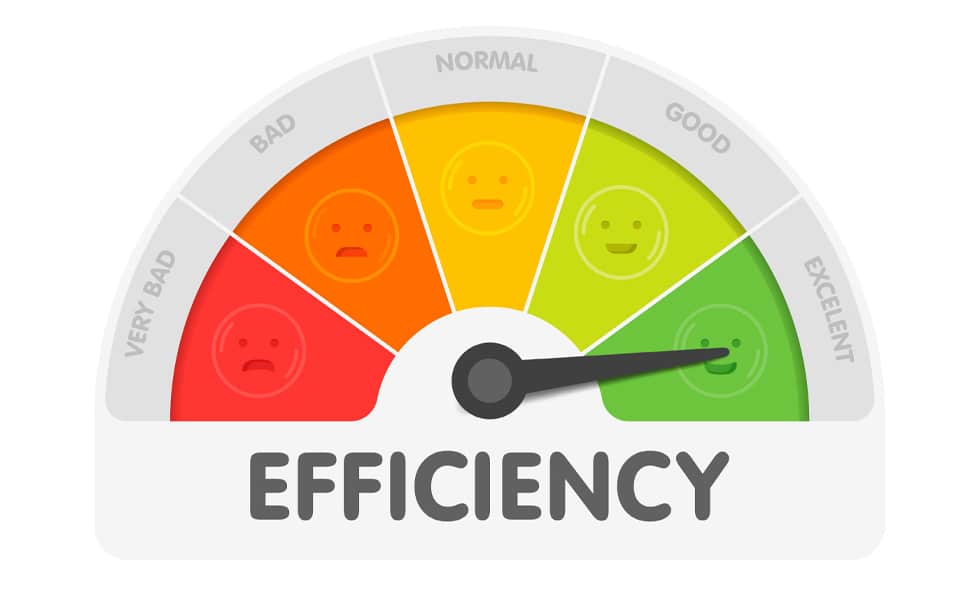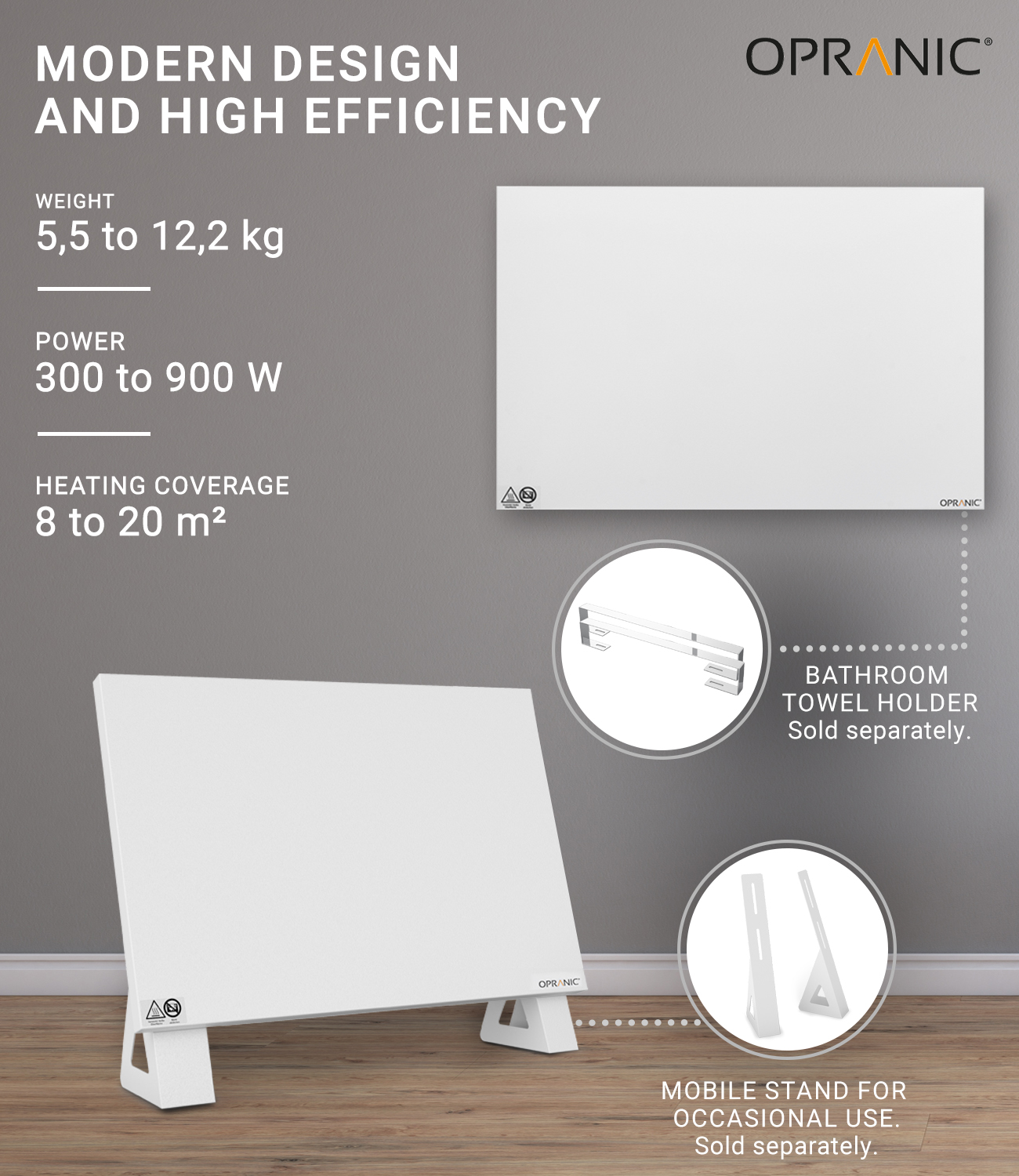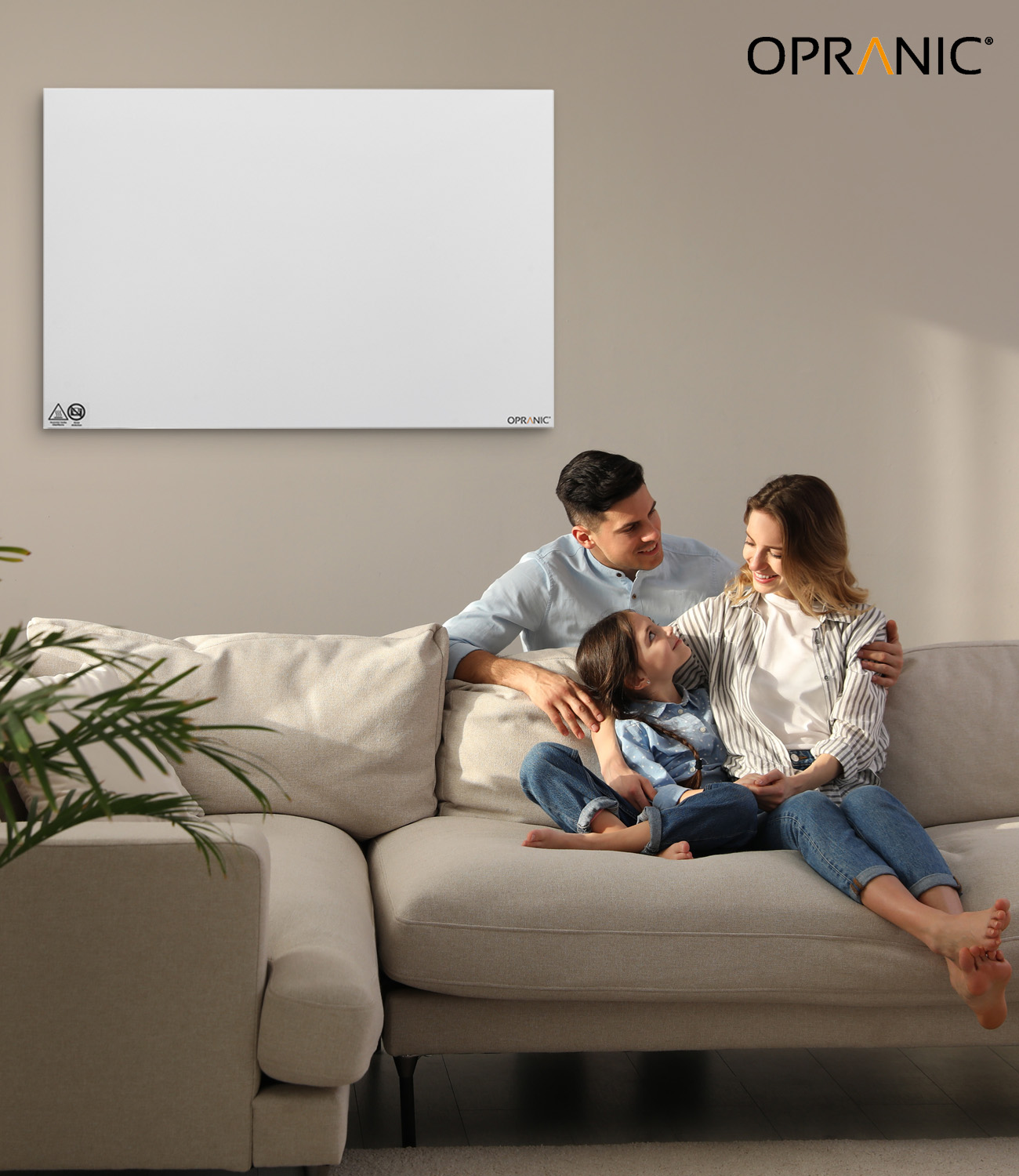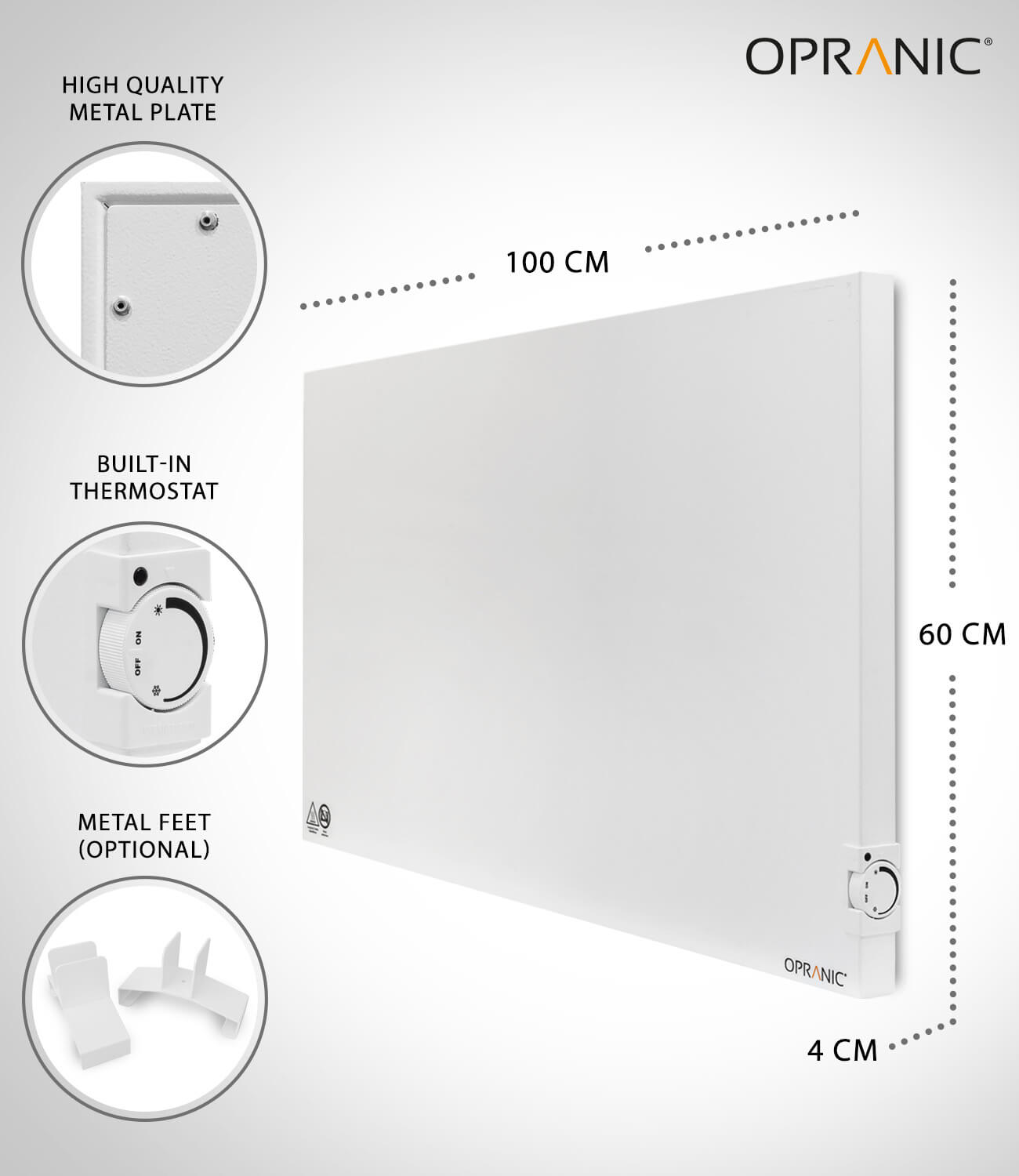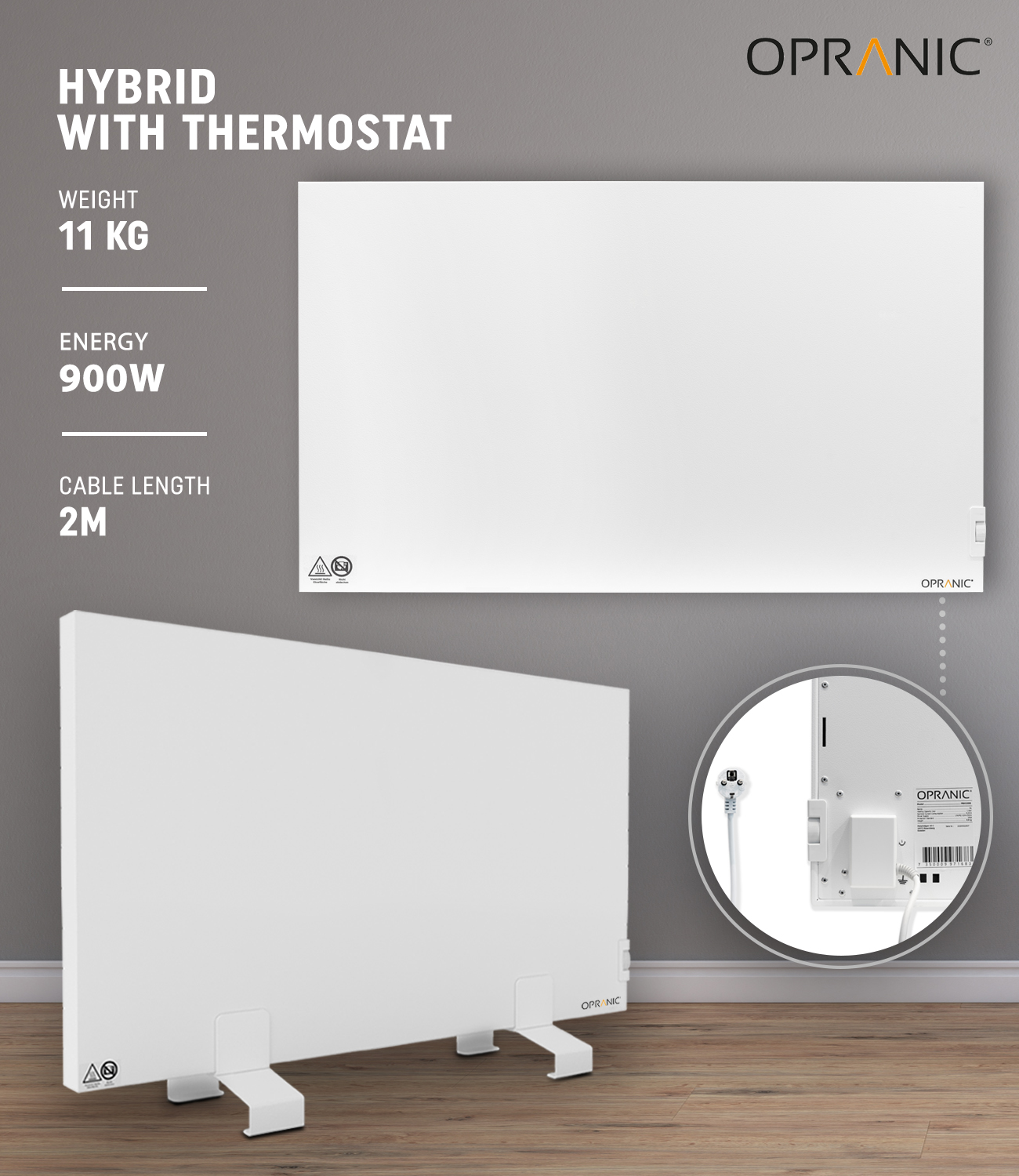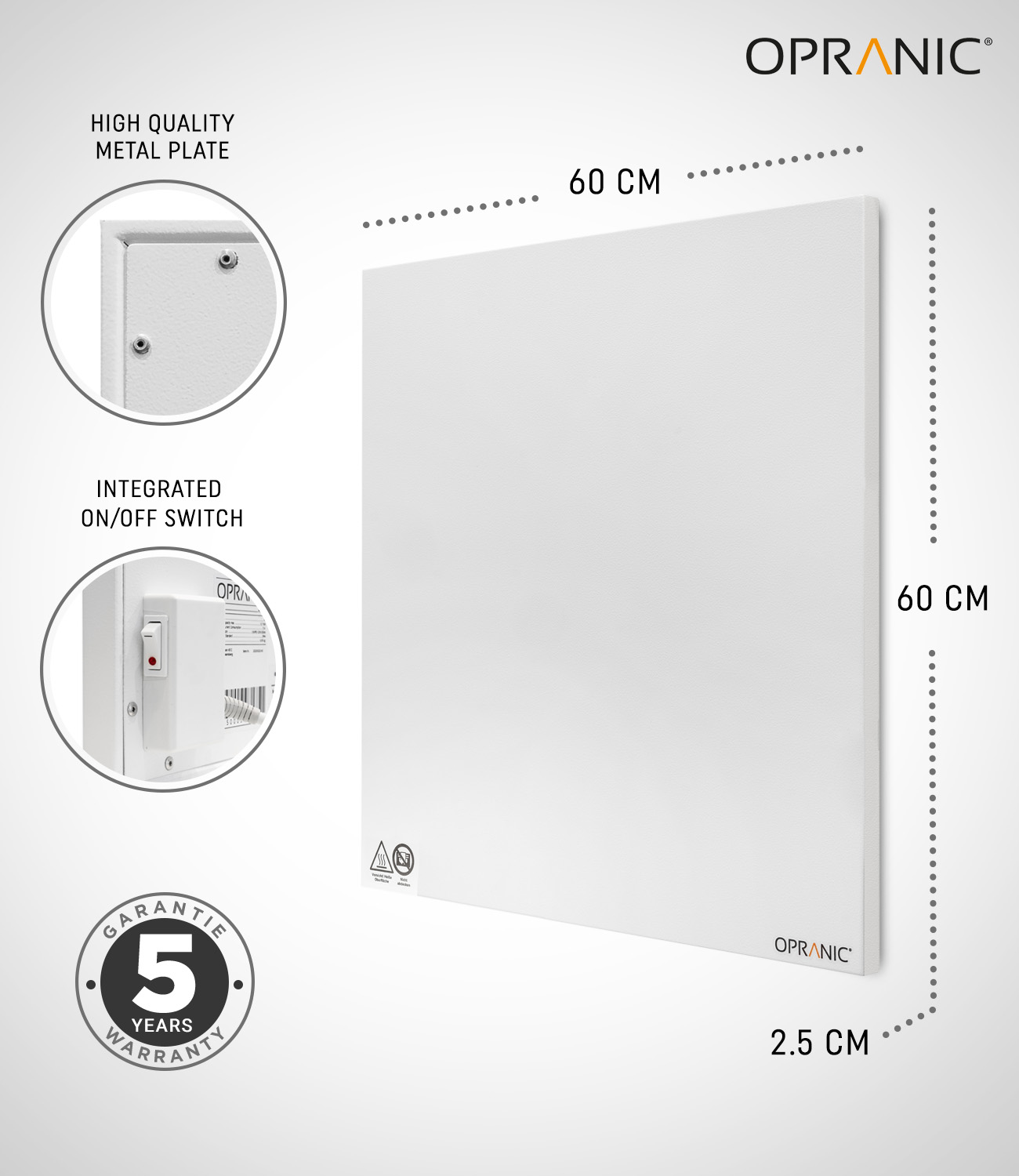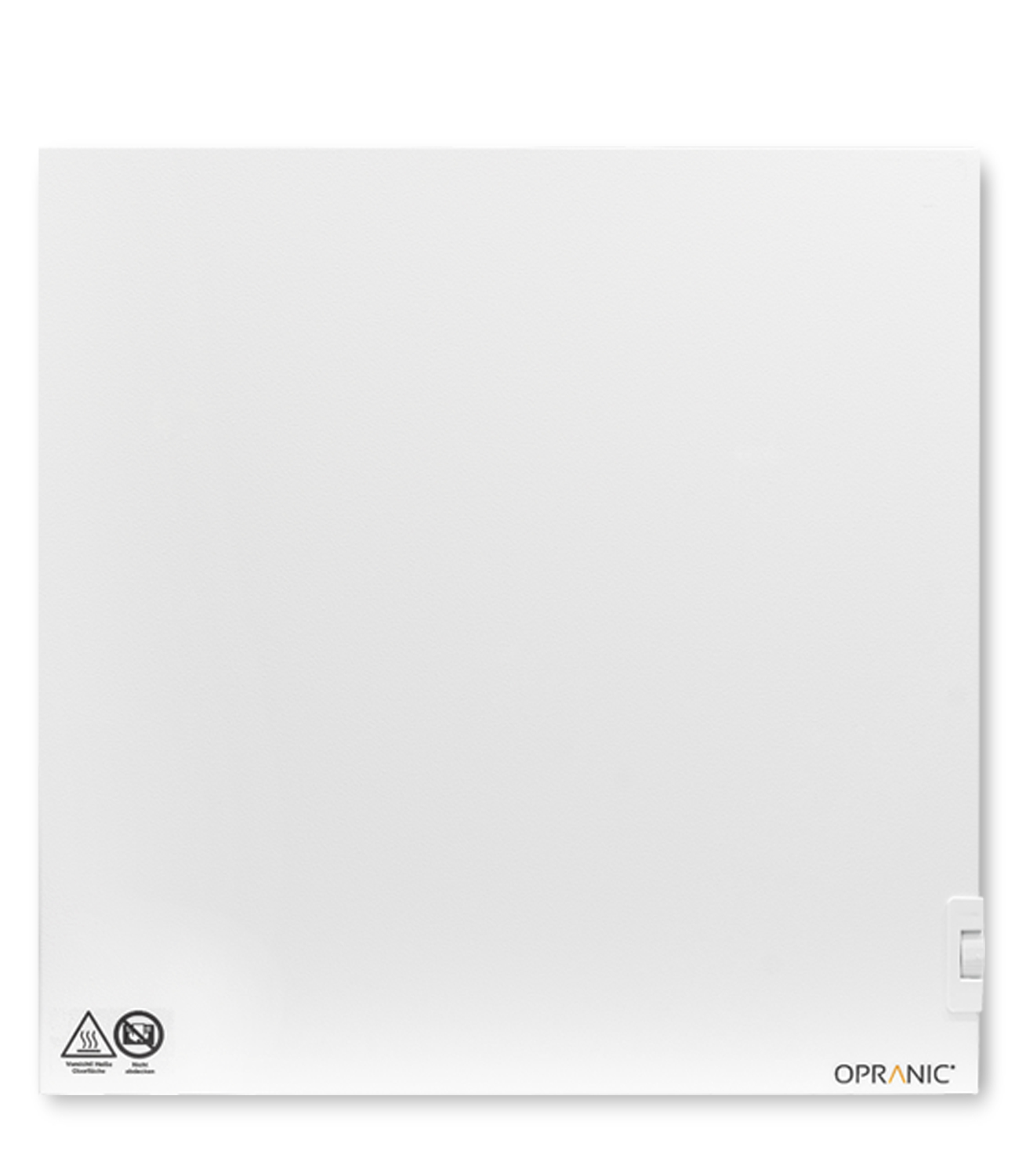The correct placement of your infrared heater is crucial to ensure maximum efficiency and comfort in your rooms. Although infrared heaters are known for their ability to heat rooms evenly and efficiently, the location of the heater plays an essential role in ensuring that the heat goes where it is needed most. From considering the size and shape of the room to minimizing heat loss through windows and doors, there are numerous factors that should be taken into account when deciding on the ideal location for your infrared heater.
Why the right placement is so crucial
The role of placement in the efficiency and effectiveness of infrared heaters should not be underestimated. A strategically placed infrared heater not only maximizes heat distribution throughout the room, but also helps to minimize energy consumption and therefore heating costs. An optimally positioned infrared radiator or infrared heater can ensure that the heat goes directly to where it is needed, which is particularly important in large or open rooms. Safety aspects and room aesthetics also play an important role in the placement of your infrared heater. It is essential that the heating is positioned so that it is not only efficient but also safe, especially in rooms where children or pets have access.
Basic guidelines for placement
Minimum distances to furniture and other objects as well as the optimum height for different room sizes are important factors when positioning infrared heaters. It is important that the heaters are placed at a safe distance from furniture, curtains and other objects to ensure efficient heat distribution and minimize safety risks. The optimum height of the infrared heater is also crucial to ensure that the heat is distributed evenly throughout the room, whether through wall heating or ceiling heating, and that no energy is wasted. For example, experts recommend that infrared heaters should be installed at a minimum distance of 20 cm from the ceiling and 10 cm from the side walls to ensure optimum heat distribution. A safety distance of at least 40 cm should be maintained from furniture and other objects to avoid overheating and possible fire safety problems. The optimum height of the infrared heater can vary depending on the size and purpose of the room. In rooms where people are mainly seated, such as the living room, a height of around 80 cm to 100 cm could be ideal. 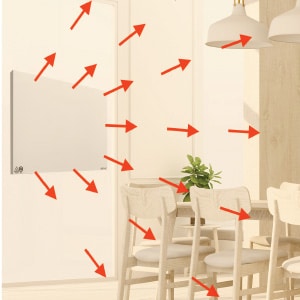 In rooms where people are mainly standing, such as in the kitchen, a height of 140 cm to 160 cm could be more advantageous to ensure even heat distribution when standing and sitting. A practical example could be an infrared radiator in the living room that is mounted as a wall heater at a height of 90 cm to ensure that the heat reaches both the sitting and standing areas. Care is taken to ensure that no furniture or curtains block the radiator to ensure efficient heat distribution and safe use. With regard to the placement of ceiling heaters, it is crucial to position them in such a way that heat is distributed evenly throughout the room. This could mean placing several smaller heating panels strategically around the room, rather than positioning one large panel in the center of the room, to ensure that all areas of the room are heated evenly.
In rooms where people are mainly standing, such as in the kitchen, a height of 140 cm to 160 cm could be more advantageous to ensure even heat distribution when standing and sitting. A practical example could be an infrared radiator in the living room that is mounted as a wall heater at a height of 90 cm to ensure that the heat reaches both the sitting and standing areas. Care is taken to ensure that no furniture or curtains block the radiator to ensure efficient heat distribution and safe use. With regard to the placement of ceiling heaters, it is crucial to position them in such a way that heat is distributed evenly throughout the room. This could mean placing several smaller heating panels strategically around the room, rather than positioning one large panel in the center of the room, to ensure that all areas of the room are heated evenly.
Living room and common rooms

Central positioning: In large communal rooms, such as living rooms, central positioning of the infrared radiator is often advantageous in order to achieve even heat distribution. This could mean placing the heater in the center of the room or in areas where people spend a lot of time. Height of placement: The height at which the infrared heater is placed should maximize heat radiation while ensuring that it is safe for all occupants.
A height of around 80-100 cm is often ideal for living spaces to ensure even heat in both sitting and standing areas. Avoid blockages: Ensure that furniture, plants or decorations do not block the infrared heater to allow optimum heat distribution.
A free space of at least 40 cm in front of the heater is recommended. Consider windows and doors: Place the infrared heater close to windows or external doors to compensate for heat loss and ensure efficient heating.
This will help minimize cold drafts and make the room more comfortable. Safety considerations: Particularly in rooms where children or pets play and move around, care should be taken to ensure that the heater is securely fitted and there is no risk of burns. Example: In a spacious living room, an infrared heater could be strategically placed near the seating area and across from windows to create a cozy warmth while minimizing cold drafts. A thermostat could be set to keep the temperature constant and comfortable, while saving energy by automatically turning the heating down when windows are opened or the desired room temperature is reached.
Summary
The optimal placement of infrared heaters is crucial for maximizing efficiency and safety. By taking into account specific room characteristics and requirements, ensuring minimum clearances and strategic positioning, infrared heating can effectively deliver heat where it is needed most, while remaining aesthetically pleasing and safe.
The strategic placement of your infrared heater can have a significant impact on heating costs by maximizing the efficiency of heat distribution and minimizing heat loss. The correct placement of an infrared heater is crucial to maximize the efficiency of the heating system and thus control heating costs. A strategically well-positioned infrared heater can help minimize energy consumption while effectively heating a room, ultimately resulting in lower heating costs. Optimal heat distribution: An infrared heater that is positioned so that it heats the room evenly prevents cold zones and allows the desired room temperature to be reached with minimal energy consumption.
This is particularly important in larger rooms or rooms with open spaces where even heat distribution is more difficult to achieve. Avoiding heat loss: If an infrared heater is placed close to poorly insulated walls, windows or doors, heat can be lost, meaning that the system has to work harder to maintain the desired temperature.
This can lead to an increase in heating costs. Accessibility and obstacles: The placement of the infrared heater should also ensure that there is no furniture or other objects blocking the heat radiation.
Blocked heaters have to work harder to heat a room, which in turn consumes more energy. Room size and shape: Consideration of the room size and shape is also crucial. An infrared heater should be positioned so that it effectively covers the entire area without unnecessarily overloading several heating units.
For irregularly shaped rooms, it is important to position the infrared heater in such a way as to ensure even heat distribution throughout the room, which may require the use of several smaller units. When installing an infrared heater in such a room, it is crucial to position the heat sources in such a way that even heat distribution is ensured, even in corners and angles that may be further away. This could mean placing smaller units in different locations or using flexible solutions such as mobile floor units to ensure that the heat gets to where it is needed.
Yes, infrared heaters can be moved after installation, although the specific process and feasibility may depend on whether it is a hard-wired or plug-in model. Plug-in models are generally easier to move as they are not permanently connected to the building’s power supply. For hardwired models, it is advisable to consult a qualified electrician to ensure that the relocation is done safely and in accordance with local electrical codes. It is also important to consider the same guidelines for safety and efficiency when repositioning the infrared heater as were used for the original installation, including considering minimum clearances and avoiding obstructions near the heating surface.
